The National Trust is a British conservation organization. It was established in 1895 with the goal of preserving the country’s heritage. The National Trust depends on volunteer help to carry out its work and is supported by contributions from its members. With more than 5 million members, it is currently one of the biggest and most well-known conservation organisations worldwide.
A visit to any of the Kent National Trust properties is sure to be an educational and enjoyable experience for the whole family. You will find lots to do, from the stately manors and historic gardens to the picturesque countryside and coastlines.
Kent National Trust Locations
Stoneacre
Sissinghurst Castle
Smallhythe Place
Owletts
Old Soar Manor
Scotney Castle
Ightham Mote
Knole
St. John’s Jerusalem
Chiddingstone Village
Emmett’s Garden
South Foreland Lighthouses
Chartwell
The White Cliffs of Dover
Quebec House
Stoneacre
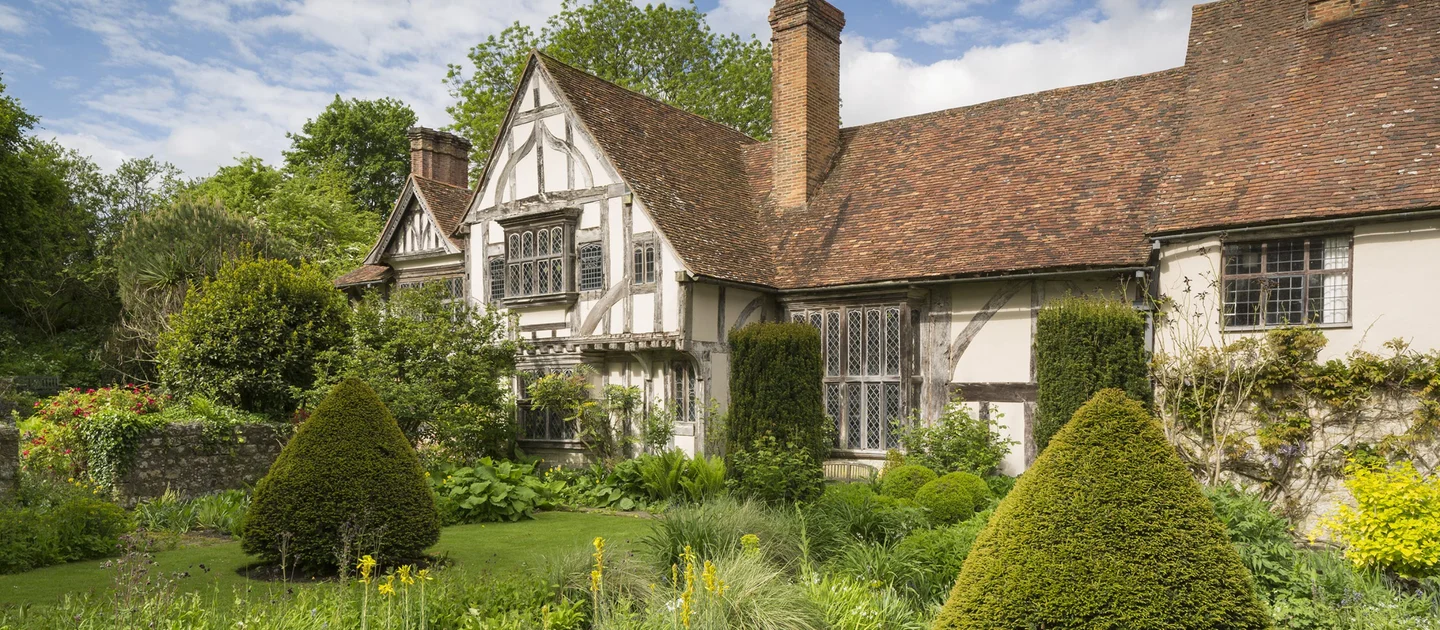
© National Trust Images/James Dobson
Stoneacre is a beautiful mediaeval yeoman’s house dating from the 15th century. The house has a great hall, parlour, solar, garden, orchard, and meadows, and the interior has been dressed with exquisite 17th-century furniture, soft furnishings, glass, and decorative metal work.
After the Civil War, the original owners of Stoneacre fell into financial difficulties and were forced to sell it. The house changed hands over the years, and it fell into disrepair. Aymer Vallance and his wife bought it in 1920, and with the help of an architect, they were able to restore it to what you see today.
Visitors can access the downstairs hall and parlour and the upstairs solar. There are on-site guides who will be able to tell you all about the house and the 500 years of history held within its walls. Stoneacre is located in the beautiful Otham Valley and offers easy access to the surrounding countryside.
Sissinghurst Castle
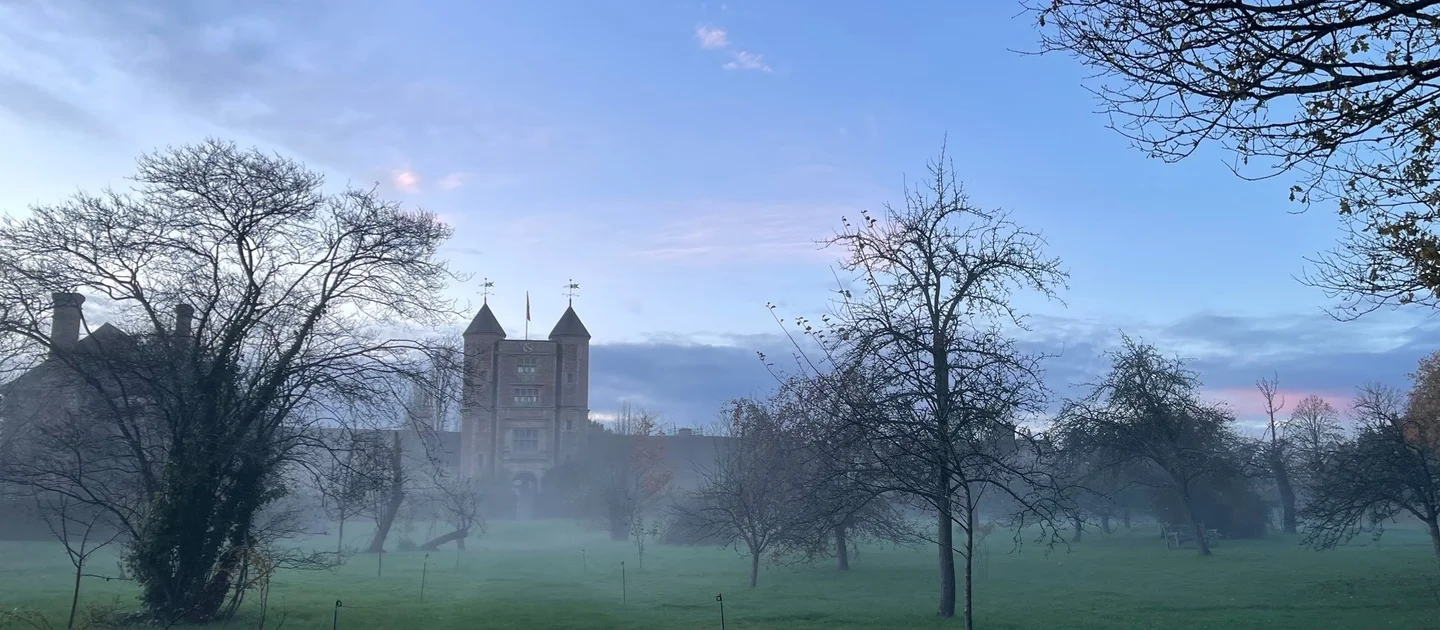
© National Trust/Cassie Dickson
Sissinghurst Castle was renovated in the 1930s by Vita Sackville-West, a poet, and her husband, Harold Nicolson, a diplomat and author. Sissinghurst Castle Garden is located on what was once a Saxon pig farm; the Saxon name for the area at the time would have been Saxenhurst, with “Hurst” meaning woodland.
Sissinghurst Castle got its current name during the Seven Years War, when it was used as a prison to hold up to 3,000 French sailors. Although not a direct translation of “castle,” the sailors nicknamed it “le château.” Later, it was used as a poor house, and the land was used for farming.
As you walk through the beautiful garden, you’ll find a huge estate with lakes, forests, and farmland. Only a few of the original buildings still stand on the site. These include the Tower, South Cottage, and Long Library.
In addition to the buildings, there are a series of garden rooms, each with its own plants and architectural details. Vita’s romantic and personal poems and writings are reflected in the garden rooms and the lush, colourful plantings on display.
Smallhythe Place
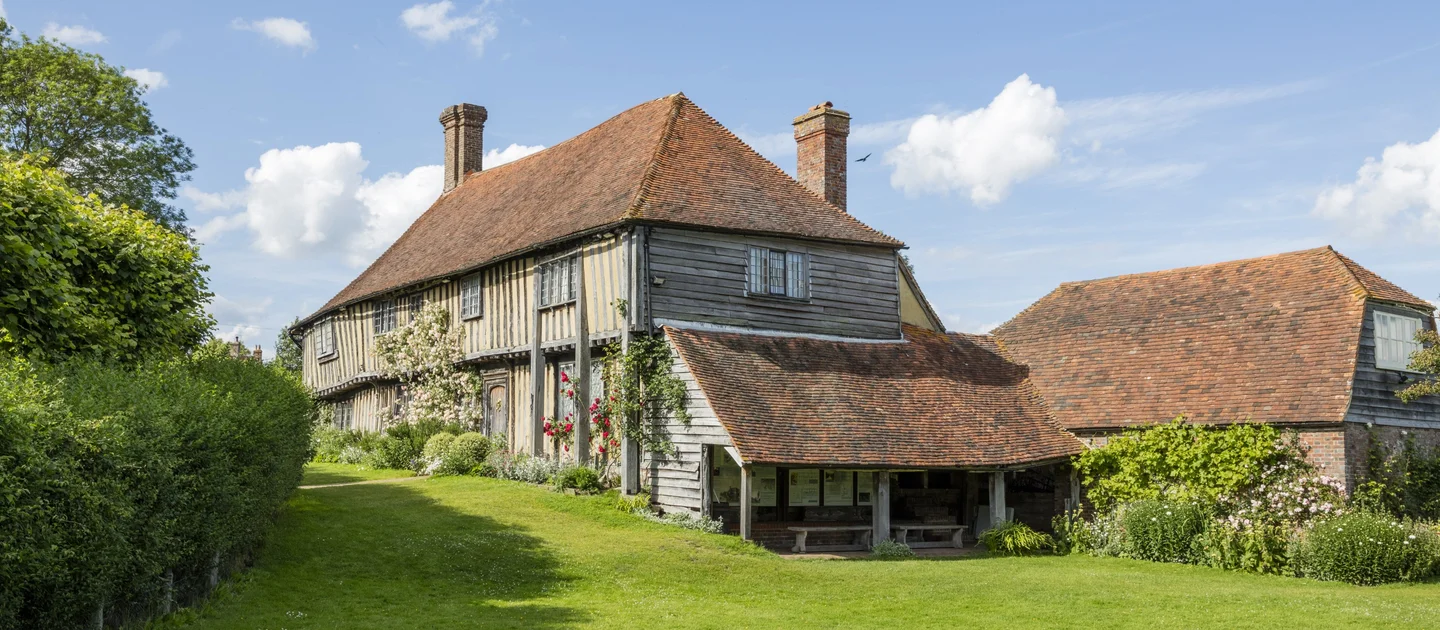
© National Trust/James Dobson
Smallhythe Place was constructed in the early 16th century, when the port of Smallhythe was at the height of its prosperity as a shipbuilding center. In 1899, it was purchased by the famous Victorian actress Ellen Terry.
Ellen’s daughter, Edith Craig, turned the home into a museum after her death in 1928, housing a variety of fascinating artefacts from Ellen’s personal and professional life in the theatre.
The colourful cottage garden and the quaint thatched barn theatre at Smallhythe Place date back to the 17th century. The theatre and garden continue Ellen’s legacy with a year-round schedule of productions that showcase a wide range of artistic styles. Visitors can explore the 16th-century rooms, watch a show in the 17th-century thatched barn theatre, and finish up in the 19th-century tea room.
Owletts
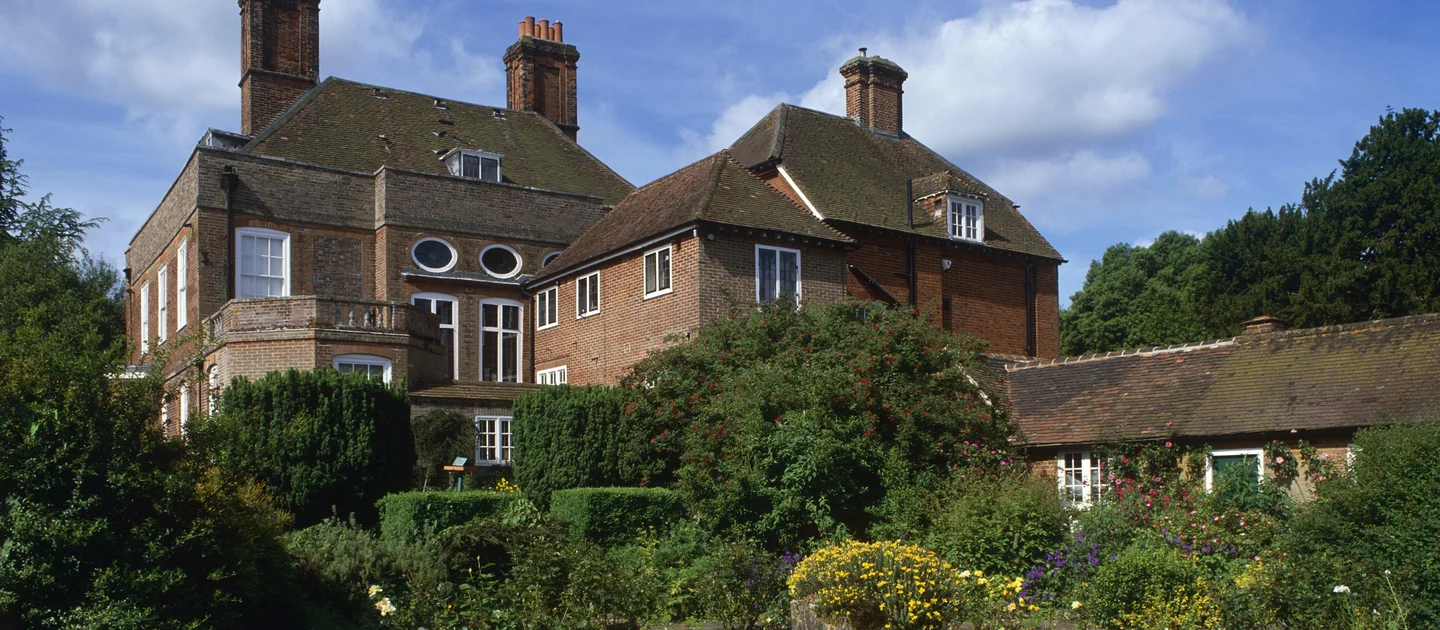
© National Trust/David Sellman
Owletts is a beautiful Charles II-era house and is representative of the best of its kind in the area. As you wander the rooms, keep an eye out for details that reflect Sir Herbert Baker’s architectural influences. The rooms are staffed by knowledgeable guides who are happy to answer any questions you may have about the mansion.
A few extra things to keep an eye out on your tour of Owletts are the plaster ceiling on the first floor, which is ornately decorated with scrolls, leaves, flowers, and fruit; in the centre are the original owners’ initials and the year 1684. Sir Herbert’s sense of humour shines through in the dining room; each of the chairs has finials that are “caricatures” of members of the family.
There are a lot of interesting things to discover in the garden, such as a grass tennis court, greenhouse, potting shed, and the ruins of a hothouse. Be on the lookout for a swing and a wishing tree where you can tie ribbons, and don’t forget to make a wish! You can end your Owletts tour with a picnic on the beautiful grounds.
Old Soar Manor
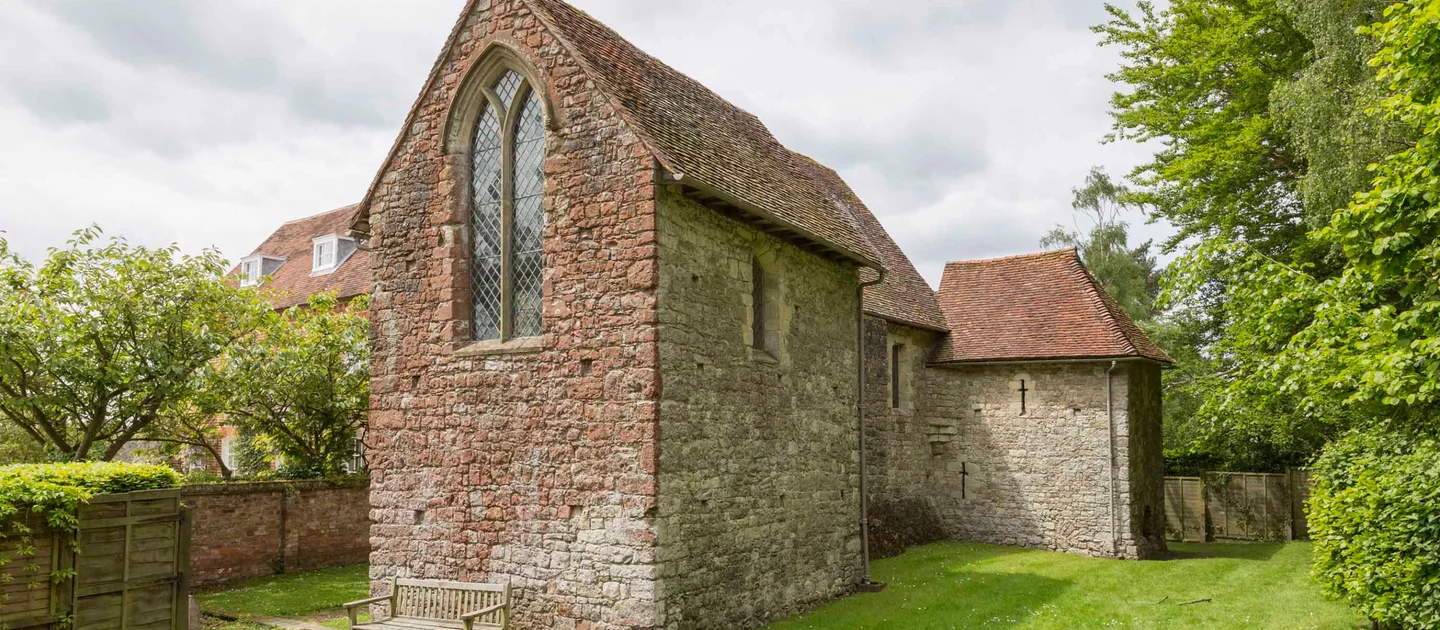
© National Trust/James Dobson
Old Soar Manor is a Grade I-listed stone manor house dating from the 13th century. The Culpepper family built Soar Manor in 1290, and Sir Thomas Culpepper sold the property to Nicholas Miller of Oxenhoath in 1601.
The great hall, which was once the home’s focal point, was torn down in the 1780s, and the Grade II farmhouse was built in its place. The solar was thought to have survived demolition due to its use as a farm building at the time.
You may notice that the building has arrow slits built into it. This is because it was built to be both a family home and a place of defence. Old Soar Manor also includes a chapel, which means they likely employed a chaplain. It was fully restored in 1949, and present-day visitors can check out the remaining solar, latrine, and chapel from the original building.
Scotney Castle
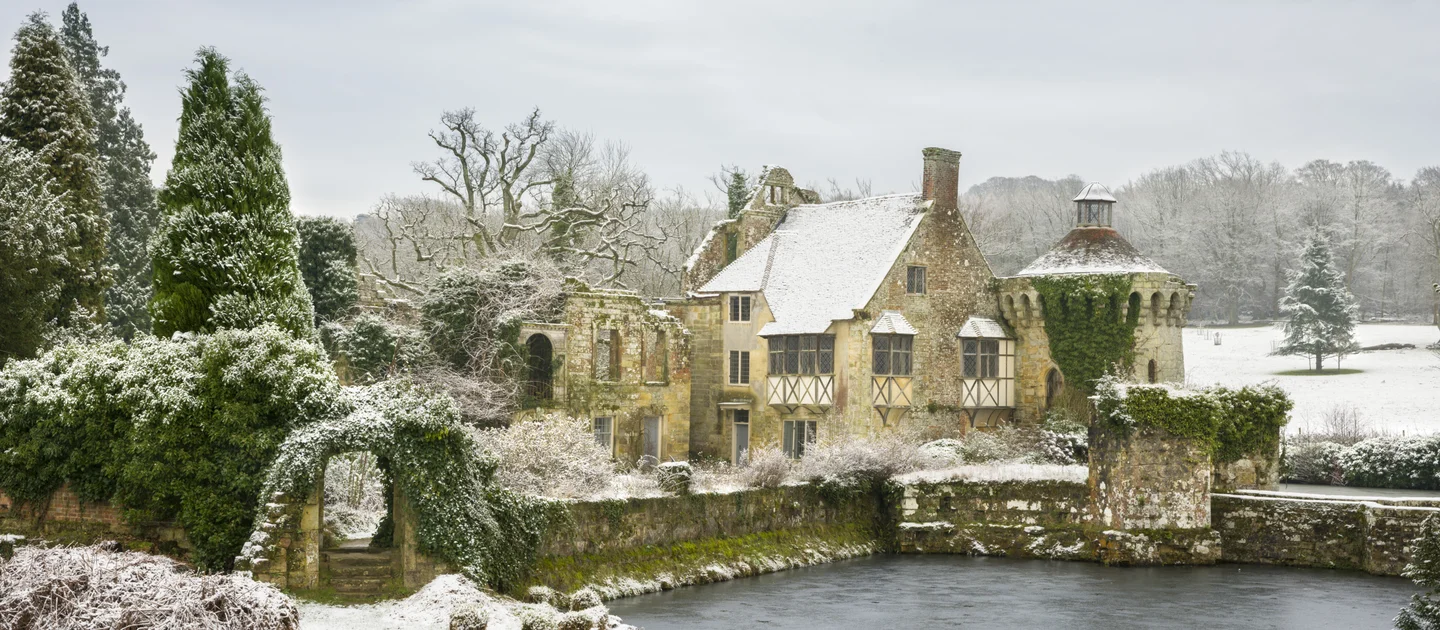
© National Trust/Andrew Butler
Scotney Castle is impressive in every way. The mediaeval castle and Victorian mansion are situated on over 780 acres of parkland, woodland, and traditional hop gardens. A woodland glade, quarry garden, moat, walled garden, hidden walkways, a heather-thatched icehouse, and a Victorian boathouse are just some of the features that make this garden so interesting to explore.
The picturesque Old Scotney Castle ruins, which are located on an island in the middle of a small lake, are the main attraction. The old castle was built in 1378 by Roger Ashburnham as a fortified home against the French during the Hundred Years’ War, and many believe that the castle was never completed.
The estate was sold to Edward Hussey in 1778, and the house on the hill was built between 1835 and 1843; it is known as the “new Scotney castle” or “Scotney house” and is filled with furniture and paintings collected by the Hussey family.
After the death of its long-time owner and occupant, Elizabeth Hussey, Scotney Castle was opened up to the general public.
Ightham Mote
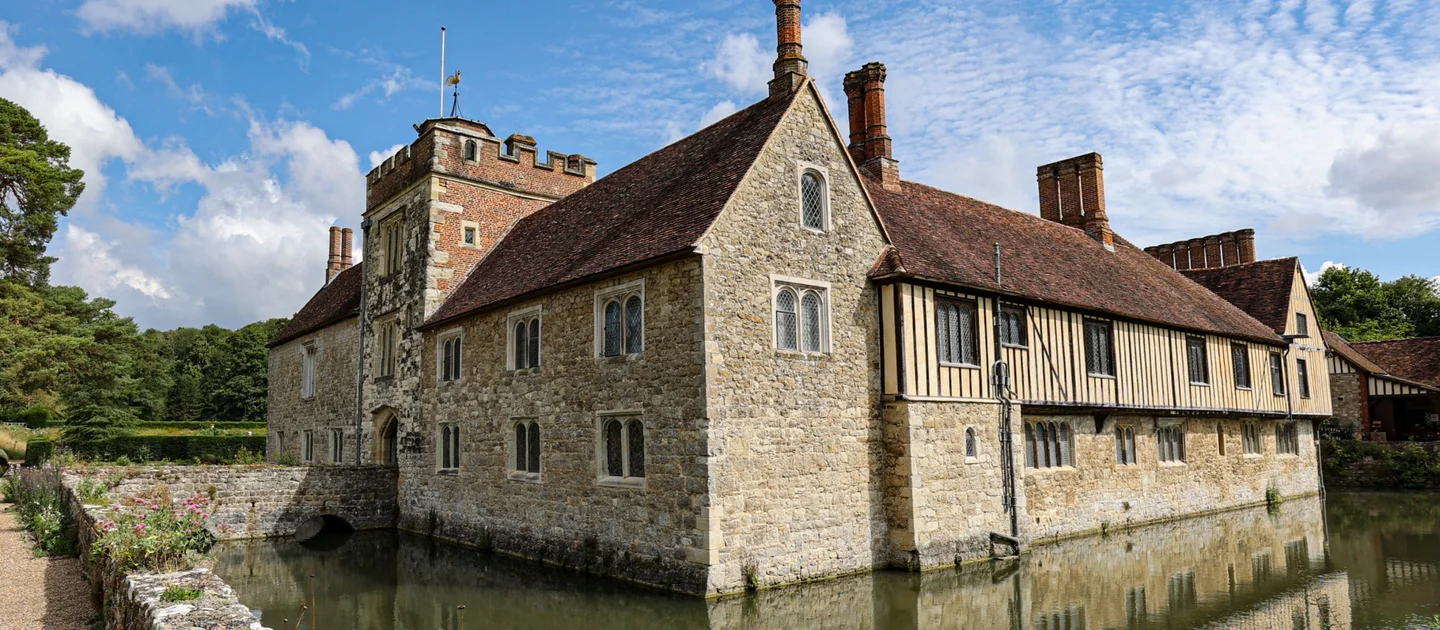
© National Trust/Chris Jonas
Ightham Mote is a mediaeval moated manor house that dates back to the 14th century and has been meticulously preserved. Built close to 700 years ago, this building has a rich history, having been owned by squires, sheriffs, MPs, and even courtiers over the course of its existence. The interior shows extensive modifications through the years, but the exterior has shown very little change, and any modifications that were made stayed in the style of the original building.
In the main house, there are more than 70 different rooms. The Great Hall, the Tudor Chapel, the Library, and the living spaces, which include the bedrooms, are among the most notable rooms in the house. Other notable rooms include the old chapel, which features a crypt, and the worker’s rooms. Both of these areas are only accessible to visitors during specific times. Keep an eye out for the Grade I-listed Victorian dog kennel, which was built by Sir Thomas Colyer-Fergusson in 1890.
The peaceful 14-acre gardens feature an orchard, flower borders, and a cutting garden. In addition to the gardens, there are lakes and streams that are filled by natural springs. The larger estate has walking paths that lead to Knole, Old Bury Hill, Old Soar Manor, and Wilmot Hill, and provides stunning views of the surrounding countryside.
Knole
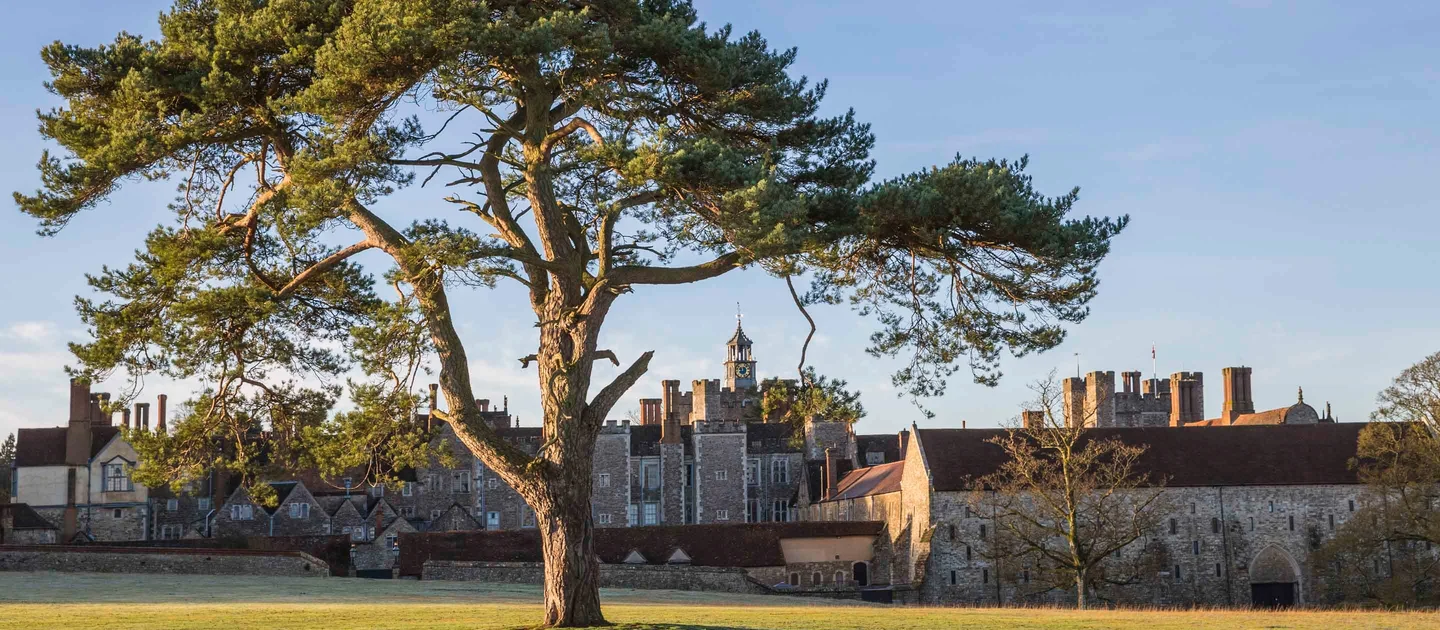
© National Trust/James Dobson
Knole is a well-preserved early Jacobean renovation of a mediaeval archbishop’s palace. It was built by the Archbishops of Canterbury in 1456 as an extension to an older manor house that was already on the site. King Henry VIII was hunting at Knole when he decided it would make a good home for his daughter Mary I. It was later bought by the Sackville family, who still live there today.
There’s plenty to do and see at Knole; in fact, you could even spend a whole day here. Walk the park’s trails, explore the courtyards, and climb the Gatehouse Tower; and if that isn’t enough, you can explore the 600-year-old mansion, which is filled with priceless pieces of furniture, textiles, and artwork. A trip to Knole is a must, even if you just want to see the mediaeval deer park where Henry VIII used to hunt.
St. John’s Jerusalem
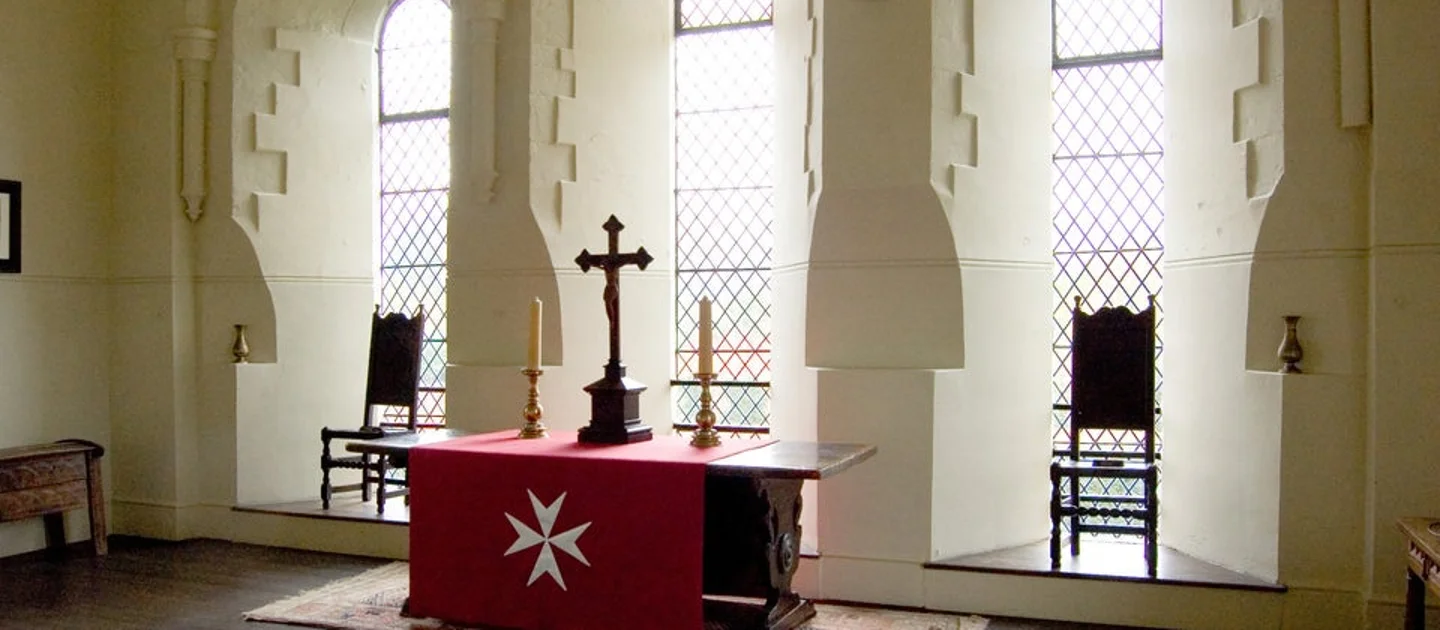
© National/Anthony Drake
St. John’s Jerusalem, or Sutton at Hone Preceptory, is a 13th-century chapel. It was founded in 1199 as a Knights Hospitaller Commandery of the Order of Saint John of Jerusalem. The chapel is surrounded by tranquil gardens and a moat that is fed by the River Derwent.
Preceptories were originally established to generate money to pay for the crusades to Jerusalem in the 12th and 13th centuries; by 1388, they were no longer functioning as preceptories. Adjacent to the chapel is a 16th-century house that was part of the chapel; the house is now privately managed, but you can still visit the chapel on selected days.
Chiddingstone Village

© National Trust/David Sellman
Chiddingstone Village is a beautiful example of a Tudor one-street village, and many people think it is one of the most beautiful places in Kent. Its half-timbered walls, gables, and stone-hung red-tile roofs are all hallmarks of Kentish-style architecture.
More than two-thirds of Chiddingstone’s buildings are at least, if not more than, 200 years old, and it’s thought that many of the buildings were likely constructed using materials salvaged from earlier communities. The building that is now the post office was documented as early as 1453. Chiddingstone gets its name from the “Chiding Stone.”
Emmett’s Garden
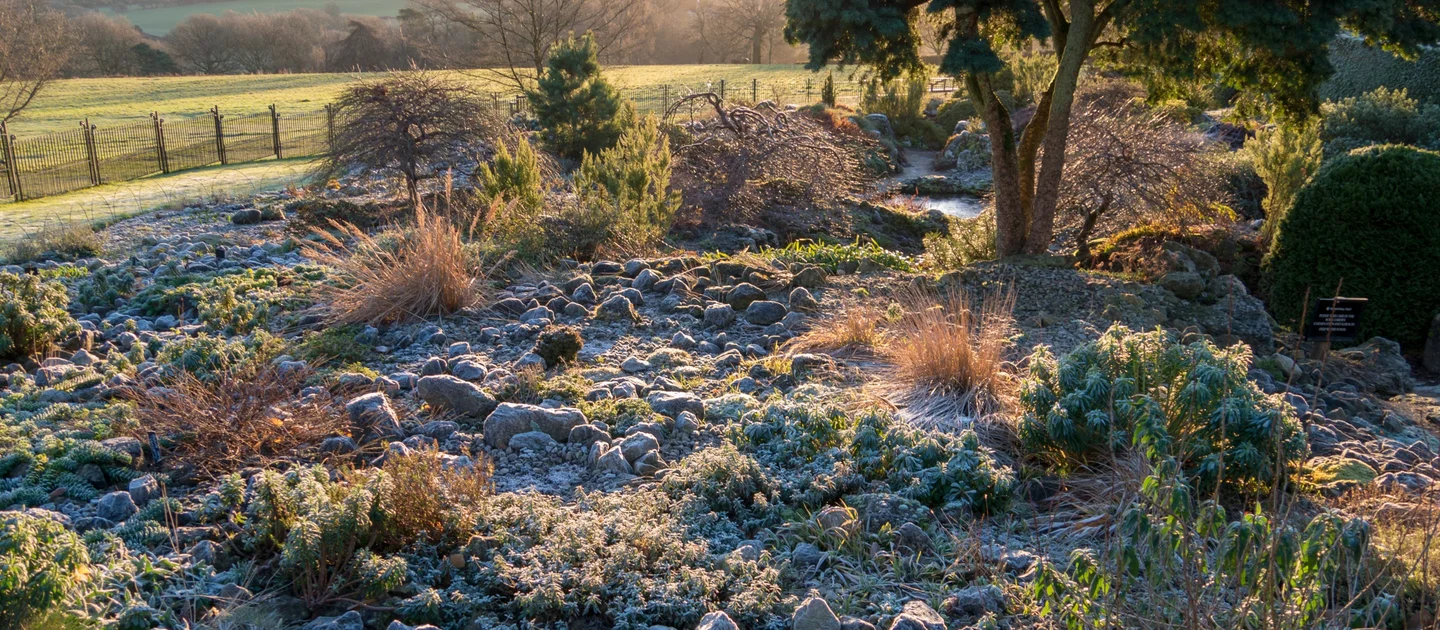
© National Trust/Rachael Warren
Emmett’s Garden is the late-19th-century Edwardian estate of Frederic Lubbock. It was his family’s home and a gardener’s paradise full of exotic trees, shrubs, and flowers that were inspired by William Robinson.
As well as the beautiful gardens, you will also find the wild play area, which includes swings, a ball run, balance beams, and den-building areas. You can also stop off for a light lunch in the tea rooms and purchase a few plants from the gift shop.
Emmett’s Garden also offers scenic walking trails that lead to Chartwell. The hilly circular walk also goes through the woods of Toys Hill, Hosey Common, and the charming hamlet of French Street. It also has stunning views of the Weald.
South Foreland Lighthouses
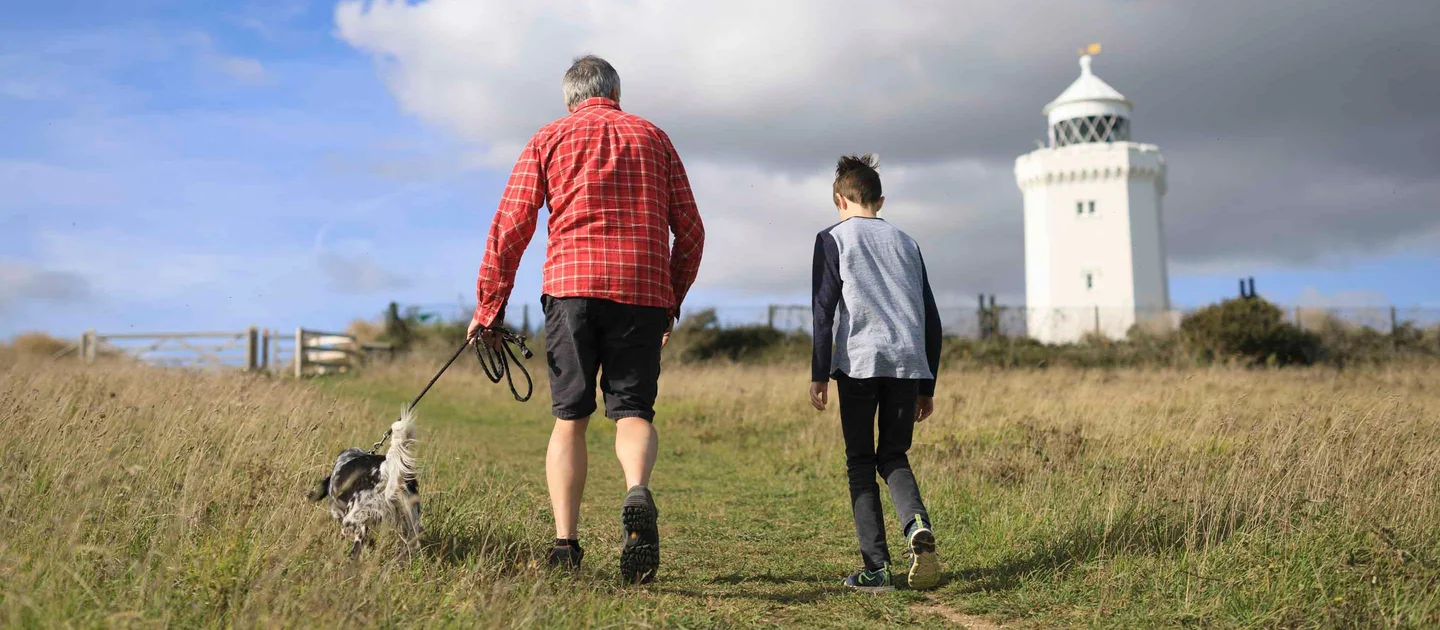
© National Trust/John Miller
The current South Foreland Lighthouse was built in the middle of the 19th century, but this specific location has a long history of guiding ships through the dangerous Goodwin Sands, also known as the “Great Ship Swallower.”
The Lighthouse has a fascinating story to tell, including the fact that it was the world’s first lighthouse to use electricity and that it was also the location of the first international radio transmission. Visitors can tour the lighthouse and stand on the balcony, taking in the panoramic views of the English Channel and the iconic White Cliffs of Dover.
Don’t forget to stop by the visitor information desk to borrow some classic Victorian games for some outdoor entertainment. You could play a game of skittles, quoits, or giant noughts and crosses with your friends and family, or you could just go fly a kite. Finish the tour at Mrs. Knott’s tearoom for some tea and cake.
Chartwell

© National Trust/Andrew Butler
South of the quiet town of Westerham is the sprawling estate known as Chartwell, once home to Sir Winston Churchill. You can visit his home, explore the rooms, and view the wonderful paintings on display.
The kids can spend some time in the play area exploring the tree house, bomb crater, and Canadian camp. In addition to the children’s play area, there is a network of trails that wind through the woodlands and the estate.
Those seeking a longer stroll can take the trail straight into the heart of Westerham and pay a visit to Quebec House. Put yourself in the shoes of General James Wolfe and his family as they would have inhabited the house during the 1730s.
The White Cliffs of Dover

© National Trust/Solent News and Photography Agency
There are a number of truly beautiful National Trust locations along Kent’s coastline, but none are more spectacular than the iconic White Cliffs of Dover. This national landmark’s clifftop walk offers views across the English Channel to the far-off French coast.
Follow the trails until you reach Fan Bay Deep Shelter, where you take a tour and venture underground. The shelter, which was constructed in just 100 days, and was built to house soldiers protecting a nearby gun battery during World War II. It was designed to offer protection against the impact of bombs and shells.
If you continue on this walking route, you will also reach the South Foreland Lighthouse, where you will discover the history of the lighthouse, play Victorian games, and see breath-taking views of the English Channel and the white cliffs of Dover.
The path continues on past the lighthouse to St. Margaret’s, Kingsdown, Walmer, and Deal. Keep an eye out for wild flowers, butterflies, birds, and ponies along the way, and if you are lucky, you may even spot a shipwreck or two.
Quebec House
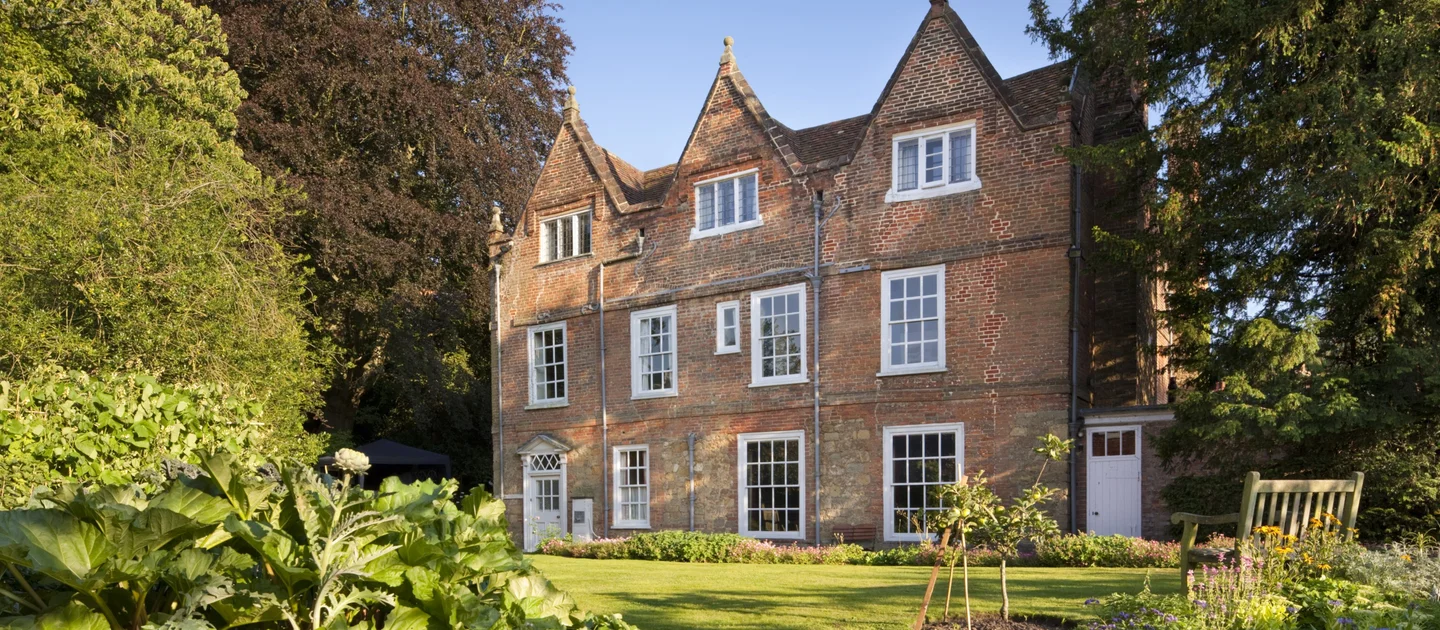
© National Trust/Andrew Butler
Quebec House is a Grade I-listed 16th-century building and the birthplace of General James Wolfe. It is located on what is now known as Quebec Square. It was originally known as Spiers but was renamed in honour of Wolfe’s death and the victory at the Battle of Quebec in 1759.
The original Spiers house was built between 1530 and 1550 and was a timber-framed, L-shaped building. The current exterior dates back to the 1630s, when the building was renovated. The interior of Quebec House is filled with paintings and memorabilia relating to Wolfe’s life.
Explore the Georgian-era home of General James Wolfe and his family. Learn more about his childhood in the 1730s and the truth behind one of his most famous campaigns, the Battle of Quebec. Purchase a book from the used bookstore and relax in the quaint cottage garden. The kitchen garden and herb border were inspired by Mrs. Wolfe’s recipe book, which included the kinds of foods and herbs she used to feed her family.



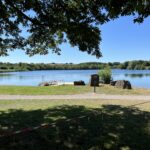






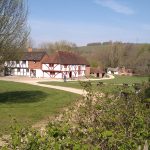
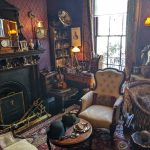
0 Comments